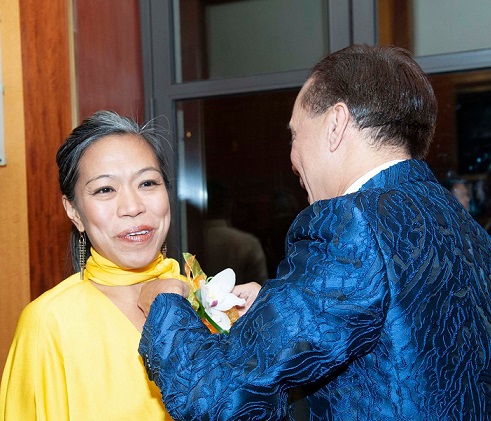Exploring the world’s oldest housing settlement at the Fuggerei
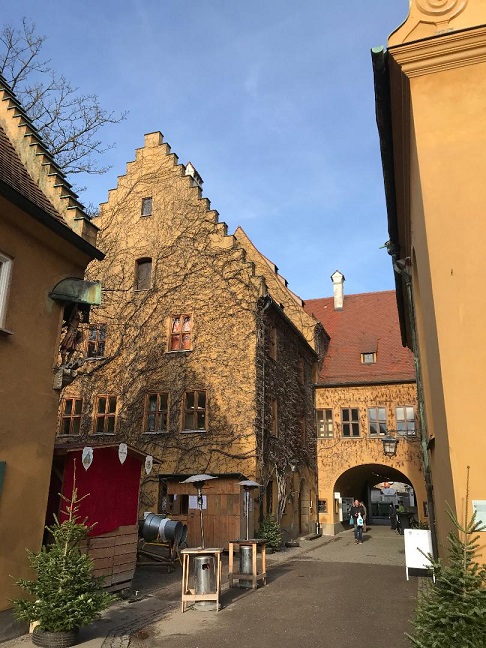
By Wendell Gaa
My recent holiday visit to Germany granted me a rare chance to visit what is considered to be the world’s oldest social settlement, the Fuggerei in Augsburg, Bavaria.
This old town neighborhood is unique even in Europe, a continent known for its well-preserved buildings and houses dating all the way back to the Medieval and Renaissance period. The Fuggerei is a “city within a city,” a rustic enclave which has its own town walls and gates, separating it from modern-day Augsburg, and even has its own church. Unlike many other archaic old towns in Europe, the Fuggerei is to this day an active residential complex where about 150 people occupy 140 apartments in 67 buildings.
As I strolled through the Fuggerei’s main entrance gate and along the walking lanes, I stared with amused curiosity at the old townhouses with roofs, spires and chimneys, which evoked architecture that breathed the same air as 16th century Bavaria, southern Germany, home to such historic titans as religious reformer Martin Luther. I learned how the Fuggerei was founded in 1521 by Jakob Fugger, a German merchant, trader and entrepreneur who is considered to be one of the wealthiest individuals in history. He must have been viewed by many in Europe as the Andrew Carnegie of his time.
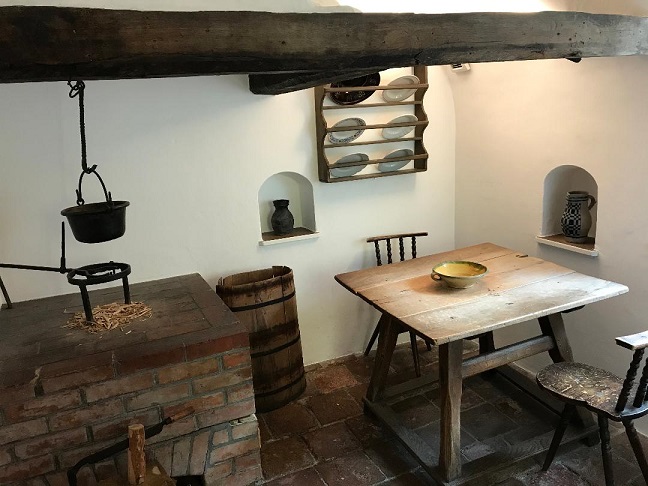
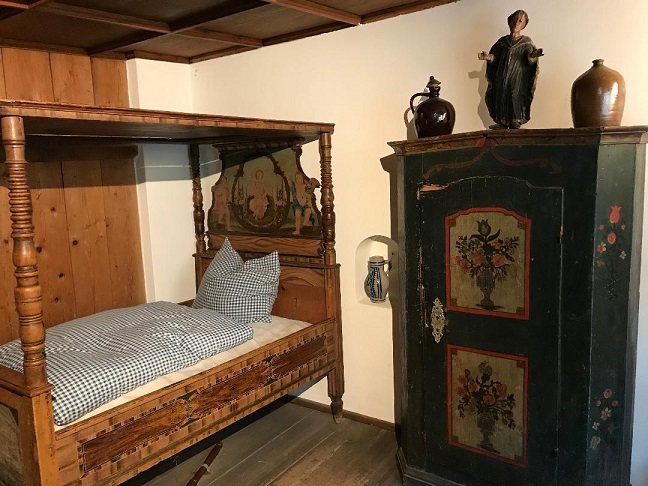
Soon, I had a chance encounter with a kindly Filipina who went by the name of Estrella Nicolas. She told me she was originally from the Negros, Visayan region, but had been living in Germany for many years, and raised a family there with a German husband and daughter. She was in fact, a resident of the Fuggerei, where she has been happily retired for the past seven years and is currently living inside an apartment where she only pays 88 Euro cents a year!
She explained to me the official prerequisites to becoming a resident of the Fuggerei, including how one must be earning a low yearly income and be Catholic as well. Interestingly, she also personally knew my aunt too, who is married to a German as well and has been residing in Augsburg for decades.
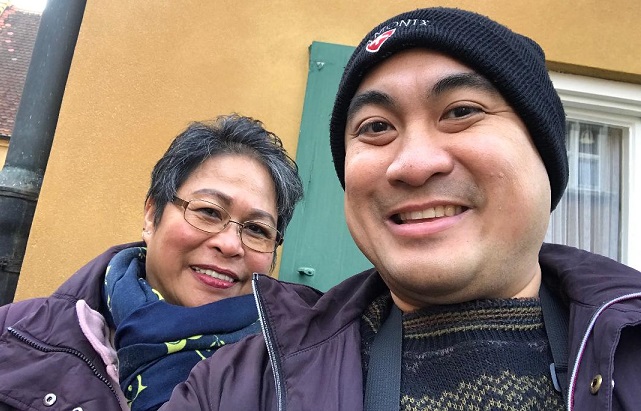
She further told me of how the most historically famous resident of the Fuggerei was the master builder Franz Mozart, the great-grandfather of the illustrious Austrian classical composer Wolfgang Amadeus Mozart himself, who settled in the neighborhood in 1681 and died there in April 1694. She happily pointed out to where the actual apartment of Franz Mozart was, and naturally I was intrigued to see it for myself.
As I walked through to the front doors of some of the other town houses, I noticed how a few of them had what looked to be differently shaped lamp posts and door knobs, and I learned how these were purposely carved and designed contrarily so that 16th-century era villagers who would be arriving back to their homes late in the evening could easily distinguish the front doors to their own houses by touching and feeling around in case they had no light fire, and would not get lost wandering aimlessly in the dark.
I then explored the Fuggerei’s museum which interestingly exhibits the lifestyle of residents during the 16th century, with cooking tools and dining utensils of the time also on display. I was fascinated by how the rooms of some of the oldest family inhabitants were well preserved, exhibiting how the beds appeared then. Nearby, I also got to see an unoccupied fully furnished apartment which shows how the typical modern-day Fuggerei resident lives today. Looking around, I could only imagine how truly lucky Ms. Nicolas must be feeling to be able to live in her apartment in this historically rich neighborhood for very little rent.


© The FilAm 2020










